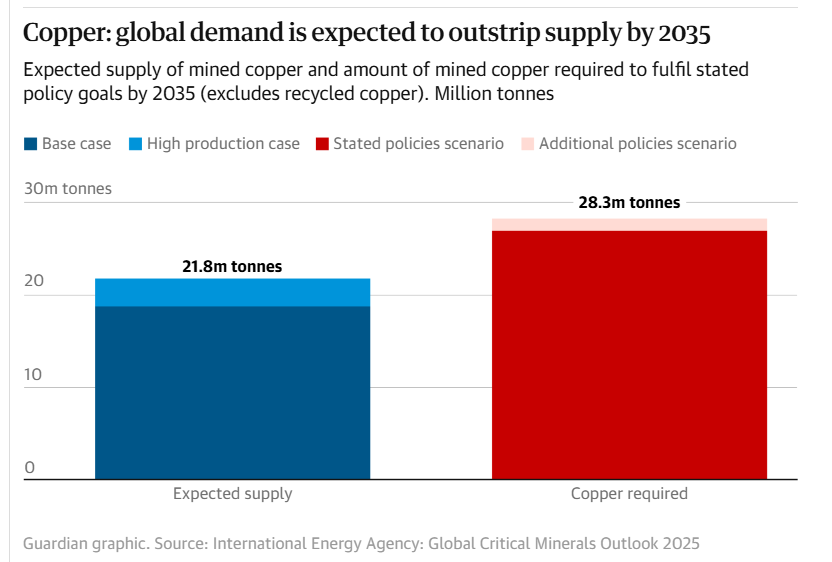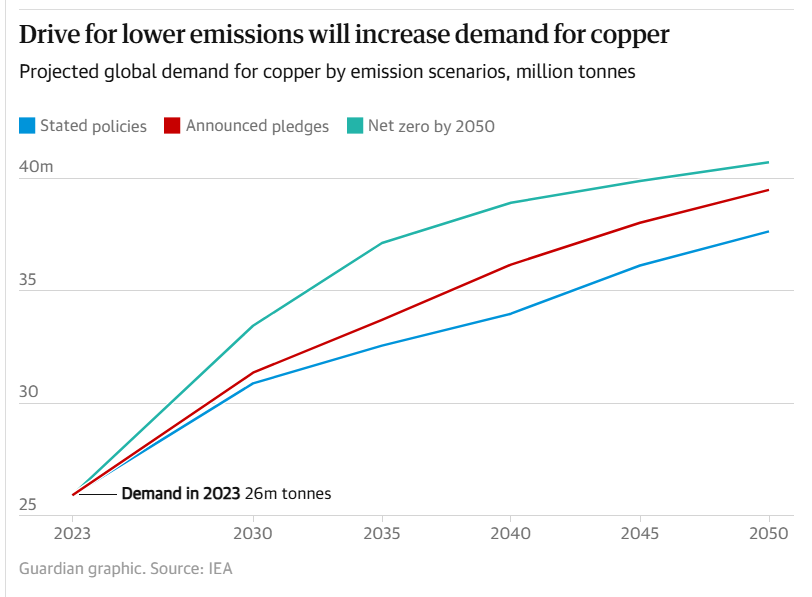Copper Soars Over 3% After Deadly Freeport Mine Landslide
A deadly landslide at Freeport McMoRan’s Grasberg mine in Indonesia has sent global copper prices sharply higher and raised concerns over supply chains.The Grasberg mine, the world’s second-largest co

A deadly landslide at Freeport McMoRan’s Grasberg mine in Indonesia has sent global copper prices sharply higher and raised concerns over supply chains.

The Grasberg mine, the world’s second-largest copper operation, has halted production. It accounts for 50% of Freeport’s proven reserves and roughly 70% of expected output before 2029.
With copper supply tightening, LME copper futures surged 3%. Freeport’s stock plunged nearly 10%, while other copper miners rallied strongly on expectations of reduced supply.
As a result of the accident, Freeport’s copper and gold sales in Q4 2025 are expected to fall sharply, from prior estimates of 445 million pounds of copper and 345,000 ounces of gold. Based on the revised timeline, 2026 output may fall around 35% below earlier forecasts, compared to pre-accident estimates of 1.7 billion pounds of copper and 1.6 million ounces of gold.
Freeport also cut its Q3 sales outlook versus July guidance, lowering copper by about 4% and gold by around 6%. The company has invoked force majeure, a legal clause that allows suspension of contractual obligations under unforeseen circumstances.

The company outlined a detailed recovery plan. The unaffected Big Gossan and Deep MLZ mines are expected to restart by mid-Q4 2025, while a phased restart and ramp-up of the GBC mine is scheduled to begin in H1 2026.
As the world’s second-largest copper mine, Grasberg’s prolonged shutdown could hit industries such as electric vehicles and renewable energy that heavily depend on copper. Analysts warn the supply shock may tighten global markets further, driving copper prices higher and boosting miners’ profitability.
Copper Demand Will Outstrip Supply Over the Next Decade
The International Energy Agency (IEA) has warned that without major capacity expansion, copper supply will fall 30% short of requirements by 2035. This gap stems from the global transition to clean energy, as copper is a critical input for solar panels and wind turbines.
Moreover, it takes an average of 17 years from discovery of new deposits to actual production, making a rapid supply increase nearly impossible in the near term.
Disclaimer: The views in this article are from the original Creator and do not represent the views or position of Hawk Insight. The content of the article is for reference, communication and learning only, and does not constitute investment advice. If it involves copyright issues, please contact us for deletion.